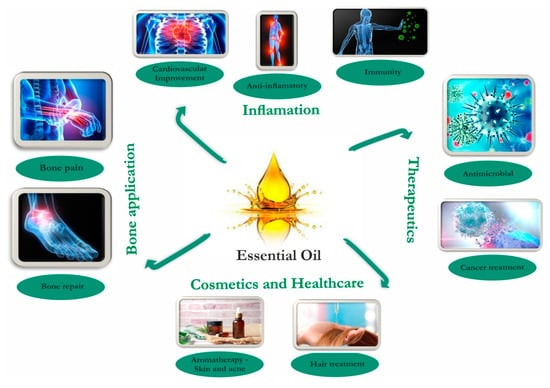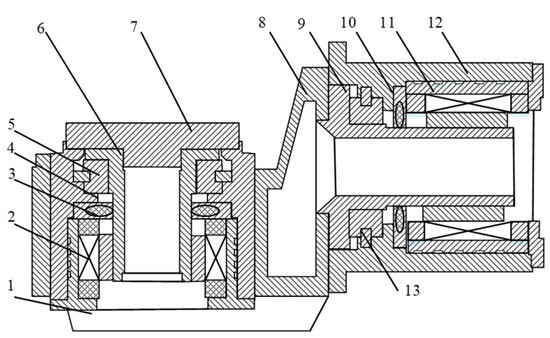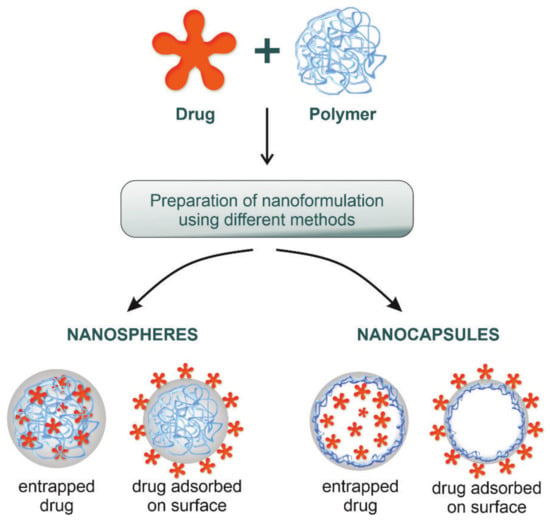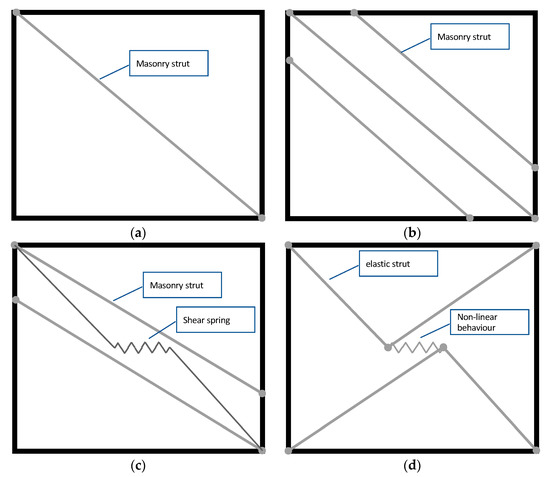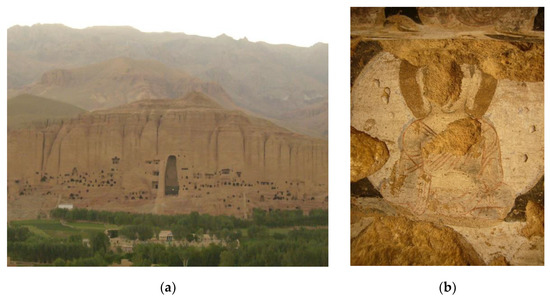Appl. Sci. 2022, 12(19), 9484; https://doi.org/10.3390/app12199484 - 21 Sep 2022
Cited by 2 | Viewed by 2688
Abstract
Patrol missiles are a common type of unmanned aerial vehicle, which can be efficiently used for reconnaissance and sensing. In this work, target detection and the damage assessment of typical mobile ground targets by patrol missiles are studied, and a new method, combining
[...] Read more.
Patrol missiles are a common type of unmanned aerial vehicle, which can be efficiently used for reconnaissance and sensing. In this work, target detection and the damage assessment of typical mobile ground targets by patrol missiles are studied, and a new method, combining the YOLO v3 with the VGG networks, is proposed for the problem. Specifically, with YOLO v3 as the precursor, the proposed method can detect, classify, and localize ground targets accurately and quickly. Then, the image blocks of detected targets are fed into the lightweight VGG networks, which can evaluate their damage level coarsely. Meanwhile, based on class activation mapping (CAM) and deconvolution, we further analyse the activation intensity of clustered convolution kernels, which helps determine whether the targets’ key components are destroyed. Unlike traditional image change detection methods, which require images before and after a strike for comparison, the proposed method learns the target model through extensive training and can assess the target’s damage status in a timely and online manner. Compared to previous learning-based methods, our detailed analysis with convolutional feature visualization of the damaged targets and their components gives a more interpretable perspective. Finally, Unity simulation experiments prove the proposed method’s effectiveness, which improves the accuracy of damage level assessment by 16.0% and 8.8% compared with traditional image-change-detection-based methods and the two-CNN learning-based method. The convolutional feature clustering method evaluates the status of the targets’ key components with an accuracy of 72%.
Full article
(This article belongs to the Special Issue Perception, Navigation, and Control for Unmanned Aerial Vehicles)
►
Show Figures


